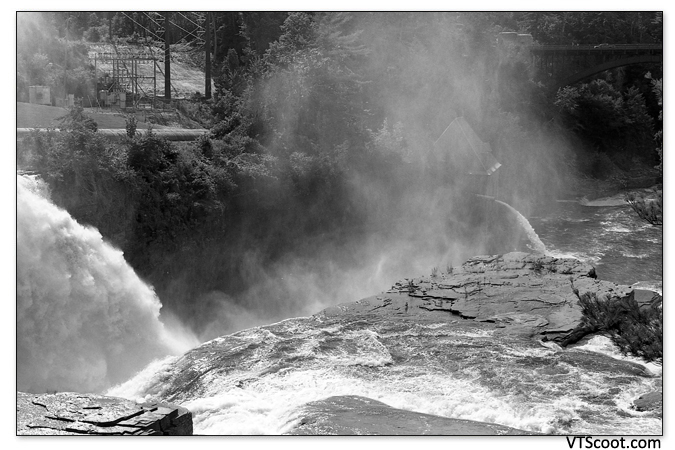Nikon F4
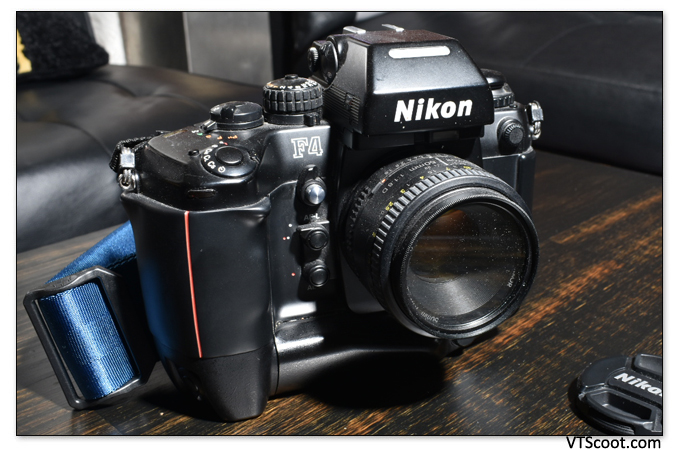
Introduced in 1988, the F4 was Nikon’s premiere professional camera until the F5 was released in 1996. It was the first auto-focusing professional camera, the first professional camera with a built-in motor drive, and the first professional camera with matrix light metering. The camera originally sold for $2,000 ($3,600 in today’s dollars), but I got this one for just a couple hundred bucks. I’m sure it would have been more expensive if the retro photo community didn’t collectively decide that plasticky auto-focus cameras aren’t cool, because if you think of a camera as a tool, rather than a collector item, this is one of the finest and most advanced film cameras ever made.
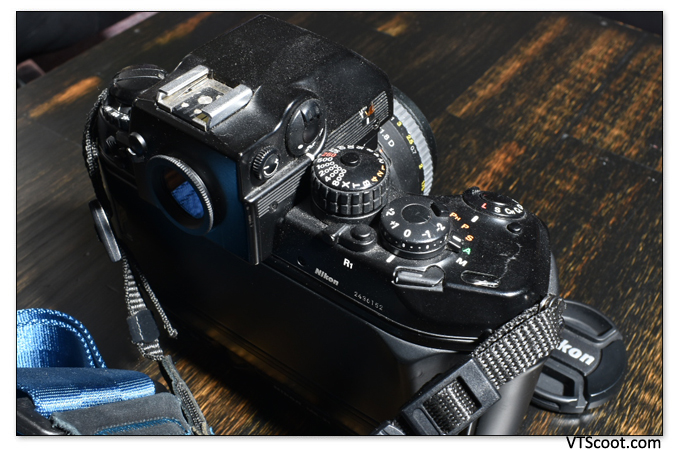
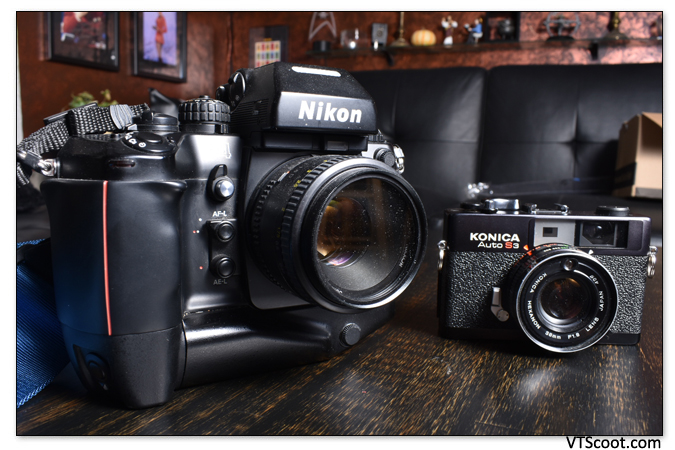
It’s built with 1,850 parts including four CPUs, all packed into a 2.8 pound body (three and a half with lens and bateries) designed by Italian designer Giorgetto Guigiaro (who was named car designer of the century in 1999). Guigaro is also known for designing supercars by Ferrari, Maseratti, Lotus, Lamborghini, Aston Martin and Bugatti, as well as watches, firearms, motorcycles, tractors, the pipe organ of the Cathedral of Lausanne, the navigation promenade of Porto Santo Stefano in Tuscany, and has even designed a pasta (Marille). I’m thinking Nikon wanted this to be one hot-looking camera.
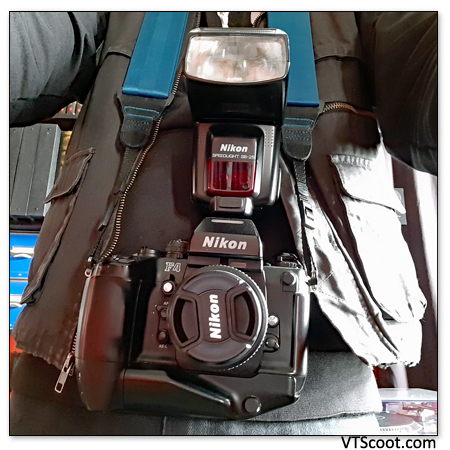
To call it “heavy” is an understatement. To call it tough and durable is also an understatement. I could beat a man unconscious with this camera and then take perfectly-metered photos of the body. It’s a beautiful technologically-superior weapon. So it might not be the best camera to take backpacking or canoeing, but it’s great for getting perfect action shots at the next NY Islanders game, as this was the camera of choice for professional sports photographers in the late 80’s.
This is my only “flagship” Nikon camera. The F3 is one that everyone adores, it was considered one of the best film cameras ever, and sold for a good 20 years. The F6 was another much-loved Nikon camera, as was the F100. The F4 is not thought of a “legendary” camera in the same way as those other models, but it certainly holds its own. It’s not as fast, or as advanced as many later models, but that really doesn’t mean anything, because it has what I want. It has shutter speeds up to 1/8000, it takes just about every Nikon lens I have, it has great focus tracking for moving subjects, it has matrix metering, the burst rate for multi frame shooting is fast too, not as fast as some but there is never a time in which I think “I really wish I had a camera that could rip through an entire roll of film in 8 seconds.” Actually, I never want to rip through an entire roll that fast. It’s a well-endowed bit of kit.
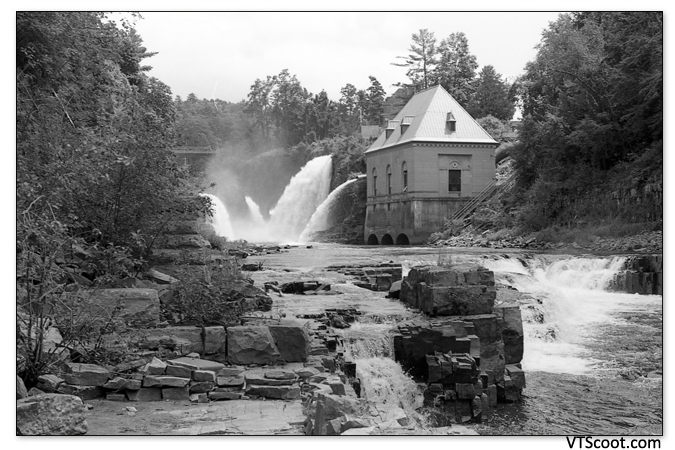
Auto-focus cameras were never my favorite choice. I like the more classic offerings. I like the look and feel of older metal-bodied cameras from the 60’s and 70’s, the same way I prefer cars from pre-1970. I love my 1974 stereo, my mid-century kitchen and barware and my mid-70’s coats. Consumer products had a more enjoyable visual appeal, felt more durable, and less disposable. Sure, I love my 2009 Yamaha maxi scooter, but it doesn’t have the same sex appeal as my 1963 Vespa. However, when it comes to performance? Forget about it, my Yamaha is faster and more responsive than even my Pontiac. That’s what I wanted when I bought my F4. Performance.
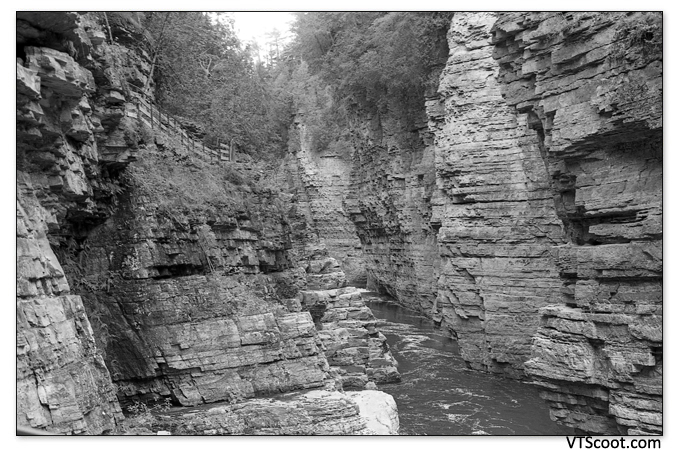
I have a small selection of auto-focus 90’s cameras. They are consumer and prosumer models, feel kinda plasticky and fragile. They take great pics, my Nikon N80 in particular, but I wanted to get a serious professional camera, the kind of camera photojournalists would have carried. I didn’t need it, I just wanted one, to know what a top-of-the-line camera of a top-of-the-line manufacturer felt like. It has all sorts of features I had never considered in a 35mm camera, and it shoots amazing photos. Every picture is metered perfectly, focused perfectly, it’s a performance machine that exceeds expectations. My favorite feature, however, is more rudimentary: It has knobs.
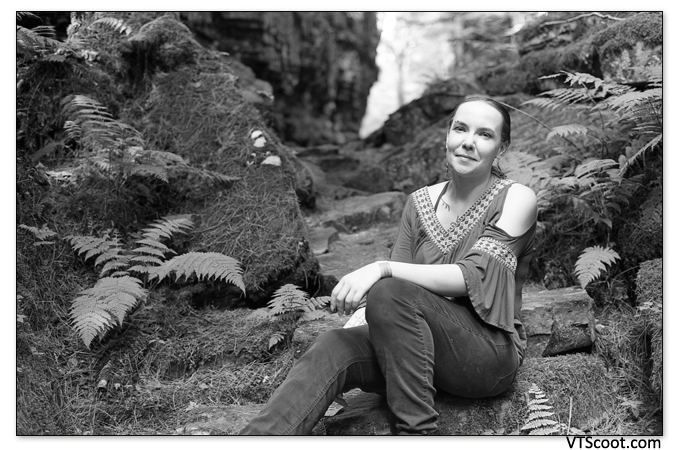
That’s why I chose this camera over the F100 or the F5. No LCD screen with various buttons and dials to spin through a variety of options that I will eventually forget how to access. Dedicated knobs and buttons that I can quickly access to get just what I am looking for, and in locations that are easy to use on the fly. That was pretty much the deciding factor.
I did, however, add an LCD screen by way of an MF-23 multi-control back. I never really use it, but it’s one of the means by which to upgrade this camera’s capability.
It’s heavy and bulky, so I don’t bring it everywhere, but when I do bring it out for a spin it’s a real pleasure. I’ve heard that these cameras eat a lot of AA battery juice, but after several rolls of film it still doesn’t seem like the battery power indicator is missing any dots. It takes six AA batteries (some take eight, some take four), and while that adds weight and spares require more bag space than a couple of button cells it’s nice to know I can get replacements at any gas station or drugstore.
